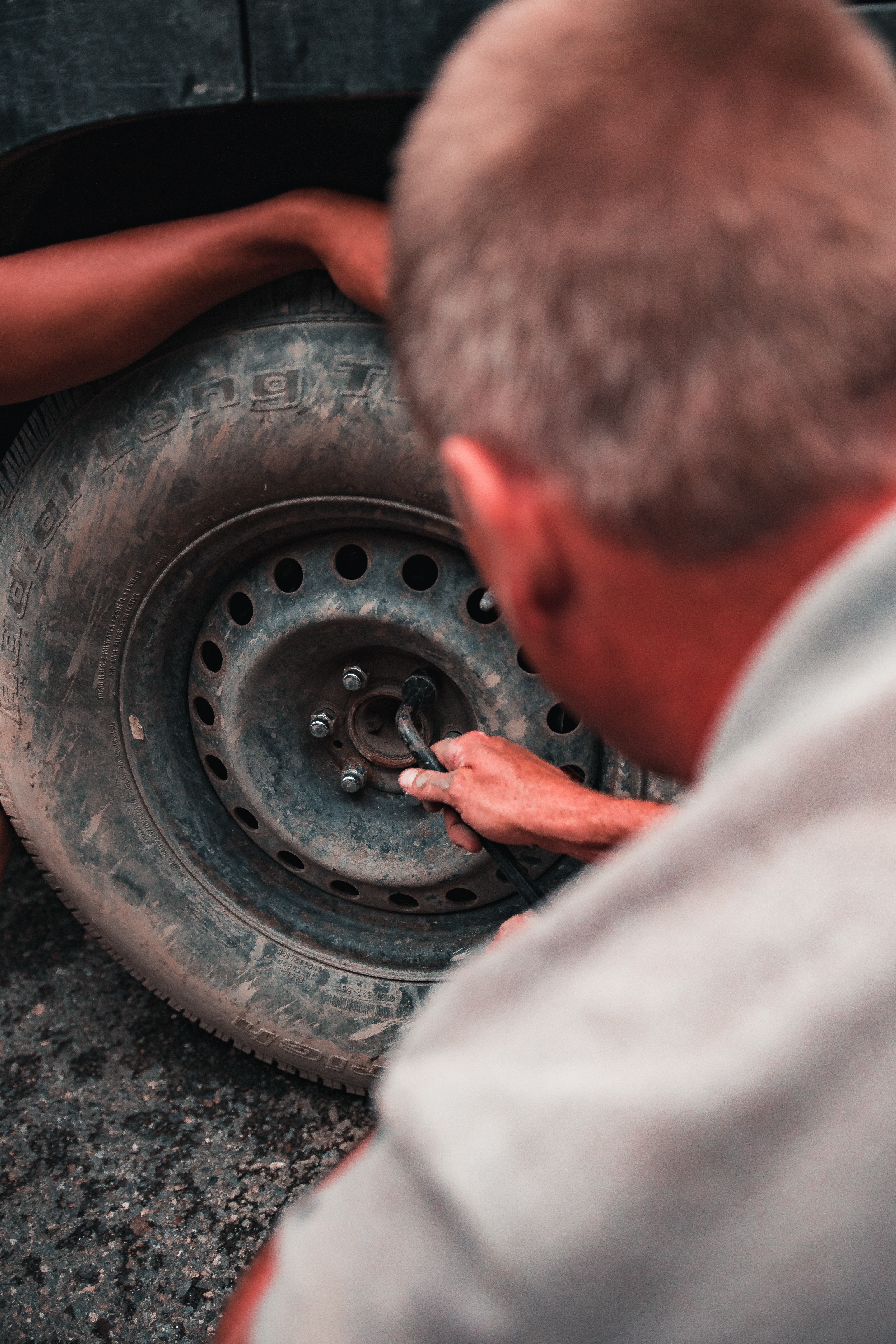People are taking better care of themselves to reduce health issues. Tech people regularly upgrade hardware and gadgets before they malfunction. Now, truck repair is taking a similar turn with predictive diagnostics for individual parts and overall vehicle health.
Prognostics
Predictive diagnostics, or prognostics, is a condition-based system for truck repair. Individual parts have sensors that report on how they are functioning, if they are damaged in any way, or if they are simply getting worn out and need to be replaced.
This is not the future; this is the here and now. It is also very easy to use for both drivers and mechanics. Think of it as a more advanced and comprehensive version of the oil light.
The technology consists of a five-level diagnostic system. Real-time data goes from parts to technicians, who can then conduct manual inspection and repair.
Industry Consensus
Technological advances have had a love-hate relationship with the trucking industry. Yes, GPS tracking has made improvements to logistics, and almost everyone uses a smartphone or tablet.
Yet mention electronic logging devices, and the current outlook is still uneasy. As things stand, a little over 30 percent of owner-operators and medium-sized fleets are willing to make the move to prognostic equipment for truck repair.
That is far from unanimous, but it also shows leadership is willing to embrace technology if it means reducing costs and keeping operations running smoothly.
Also, if that particular segment is willing to invest in predictive truck repair over the next few years, odds are that larger carriers are quietly making the shift as well.
Predictive Truck Repair
The systems for predictive truck repair are already commercially available, and manufacturers are selling parts that work with prognostics.
The new approach to truck repair could help relax the current tightening of warranty policies from component manufacturers and allow for more accurate maintenance of trucks at all levels.
Everything from the engine to wheels, cab components, HVAC systems, transmissions, and more can be monitored and diagnosed in one centralized system instead of separate diagnostics.
This could go a long way toward improving safety for drivers and preventing small issues from becoming very expensive problems.







